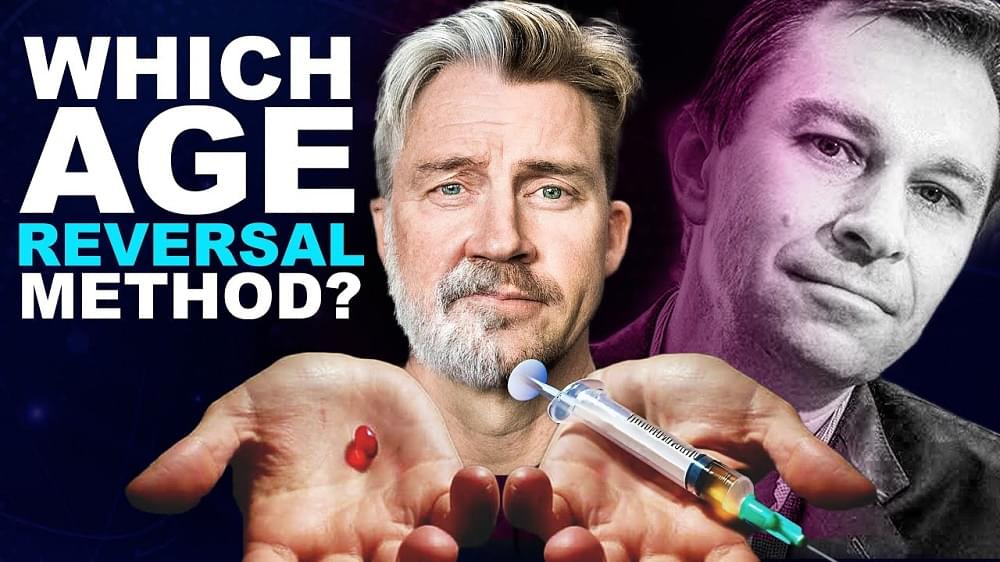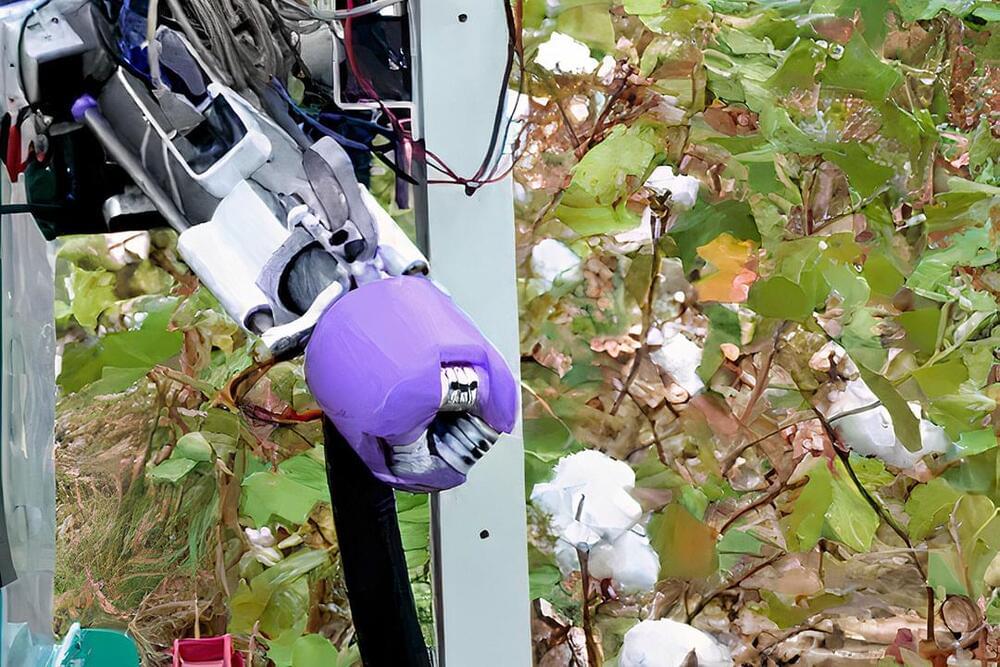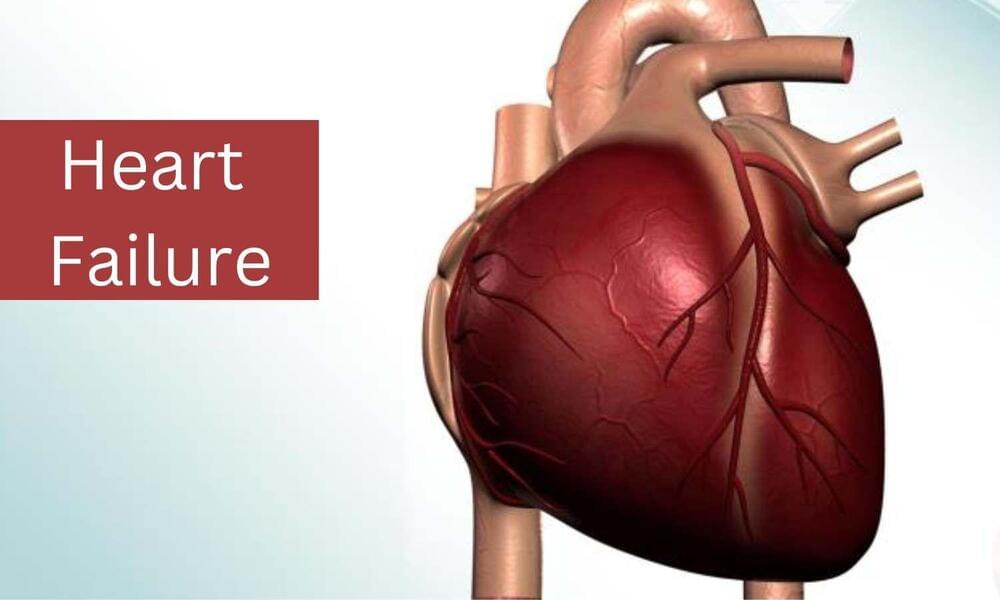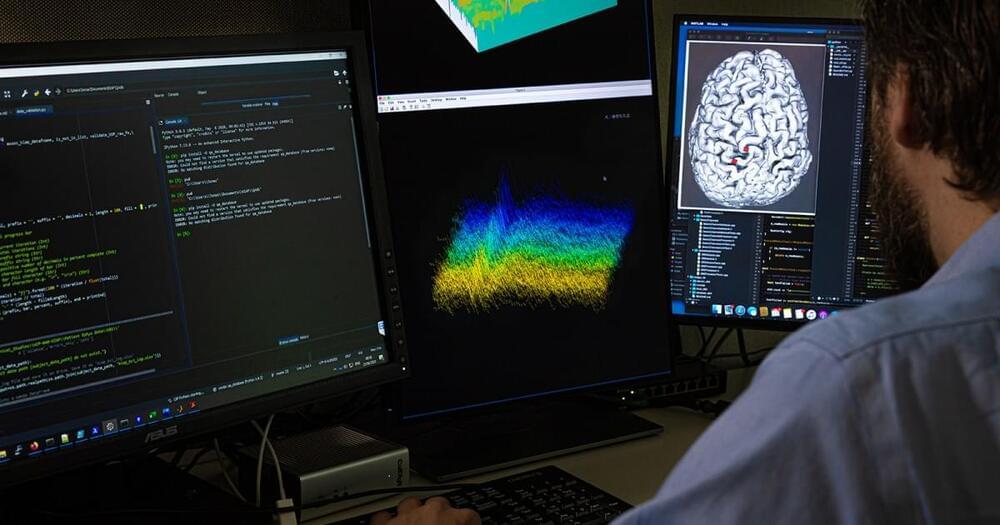Music for pain relief and anxiety. I think somewhere else I read it helps heal brain injuries.
Further, subject-preferred music appears to induce a superior effect in relieving pain. This can be approached by allowing participants to select the most pleasant music from a prespecified list of songs or listen to their favorite music during the study. Nevertheless, the richness of emotions, meanings, and associations involved when listening to favorite music is poorly understood, especially regarding pain relief.
About the study
In the present study, researchers evaluated which subjective aspects of listening to relaxing and favorite music were crucial for hypoalgesia. Sixty-three healthy individuals, aged 21.3, on average, participated in this study. A thermal contact probe was used to induce painful thermal stimuli on the inner forearm surface.








